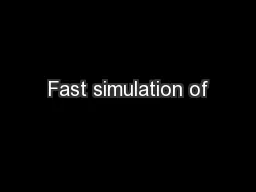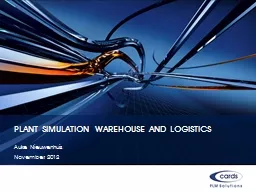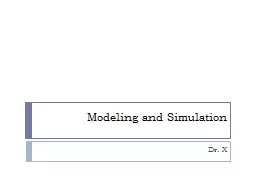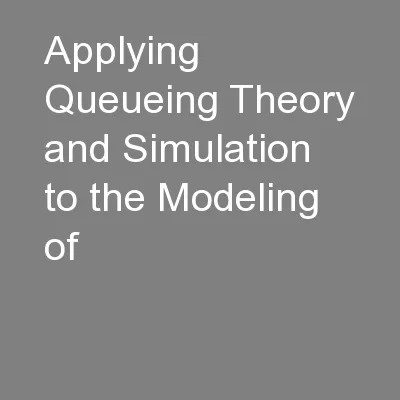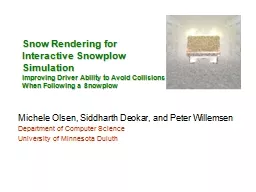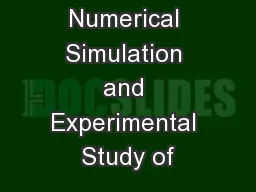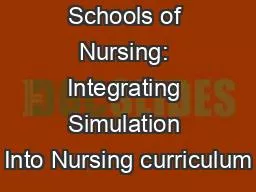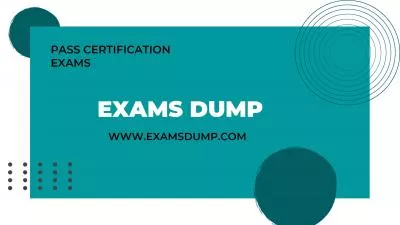PPT-Fast simulation of
Author : karlyn-bohler | Published Date : 2016-05-06
nanoimprint lithography modelling capillary pressures during resist deformation 20 October 2011 Hayden Taylor and Eehern Wong Simprint Nanotechnologies Ltd Bristol
Presentation Embed Code
Download Presentation
Download Presentation The PPT/PDF document "Fast simulation of" is the property of its rightful owner. Permission is granted to download and print the materials on this website for personal, non-commercial use only, and to display it on your personal computer provided you do not modify the materials and that you retain all copyright notices contained in the materials. By downloading content from our website, you accept the terms of this agreement.
Fast simulation of: Transcript
Download Rules Of Document
"Fast simulation of"The content belongs to its owner. You may download and print it for personal use, without modification, and keep all copyright notices. By downloading, you agree to these terms.
Related Documents

